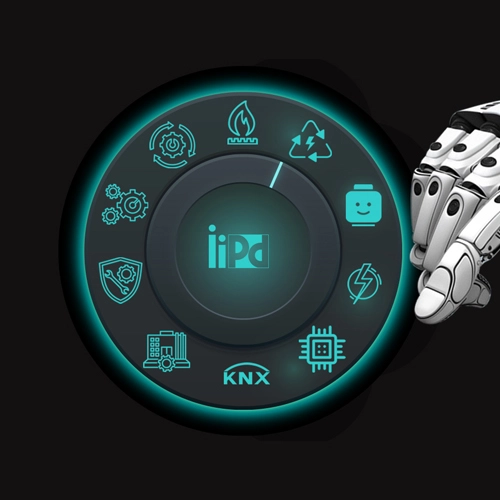The course has been designed to familiarise Electricians and engineers with the fundamentals of Control and Instrumentation. The course will cover temperature, pressure and flow transducers. The students will be introduced to Single loop PID Controllers and PLC PID control and how signals are connected, and how the controllers are configured.
The students will be shown and use a plant actuator controlled by the controllers, leading to an introduction to PID configuration.
Course Outline
Below is the course content, which includes a detailed outline of topics and materials covered in the course. Explore and enhance your knowledge!
E31 Level Element 1
- Explain the types and operations of level-measuring elements.
- Distinguish between measurement of levels of liquids and solids..
- Describe the operating principle behind each given method e.g. float gauges, manometers, diaphragm, capacitance, nucleonic, load cell, strain gauges, etc.. and their applications.
- The range and limitations as well as the applications for these units, shall be explained.
E31 Level Element 2
- Explain the operation, testing and calibration of given instruments.
- The students will work on a rig-controlling level with pressure and ultrasonic measurements.
- This will include calibration, testing and safety Isolation of the instrument.
E31 Level Element 3
- Explain the function, operation and setting of given controllers.
- Using the PID function in inverter drives to control flow
- A further explanation of Control valves and procedure for calibration using a I/P.
- Using the PID function in inverter drives to control flow
- Understand the operation of control cylinders and valves and the calibration techniques.
E31 Level Element 4
- The commission, adjust, test and fault find on given instruments, controllers and control loops.
- Overhaul, test and calibrate given instruments.
- Explanation of the Overhaul, test and calibration of a level instrument.
- Commission and tune given control systems.
E44 Control and PID Element 1
- Explain the use of 'two-step' control and 'overlap'.
- Define ‘on/off control and give examples of its application.
- Explain the effect of 'dead time' on two-step control.
- Describe the main disadvantage of two-step control.
- Define 'proportional action'.
- Explain the proportional band.
- Calculate proportional bands from given data.
- Define 'gain'.
- Define the term 'off-set'.
- Explain how off-set relates to load changes.
E44 Control and PID Element 3
- Explain the use of 'Integral control action' and integral action time.
- Define 'integral action'.
- Draw graphs illustrating proportional and integral action.
- Define the term 'integral action time'.
- Explain 'reset' in terms of integral action time.
- Calculate integral action time and proportional band from given data.
Element 4
- Explain the use of derivative control action and derivative action time.
- Define derivative action.
- Describe the type of processes that use derivative action control and how it is applied.
- Explain the effect of derivative action time.
- Calculates derivative action from given data.
- Draw graphs showing derivative action.


